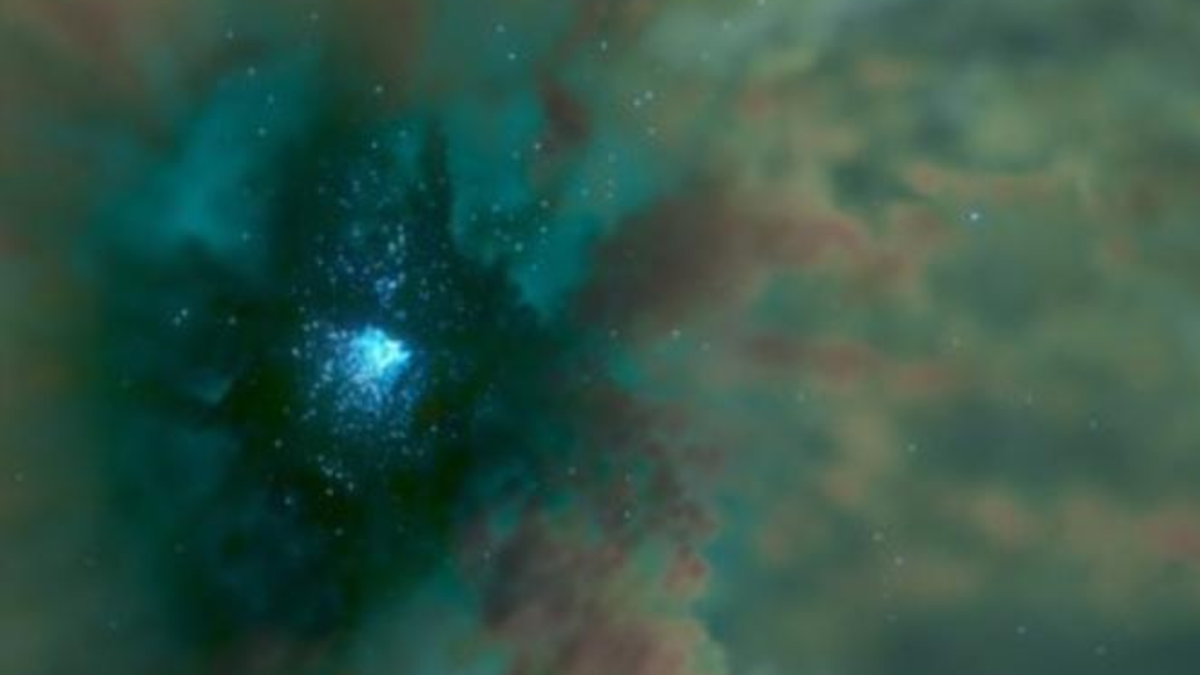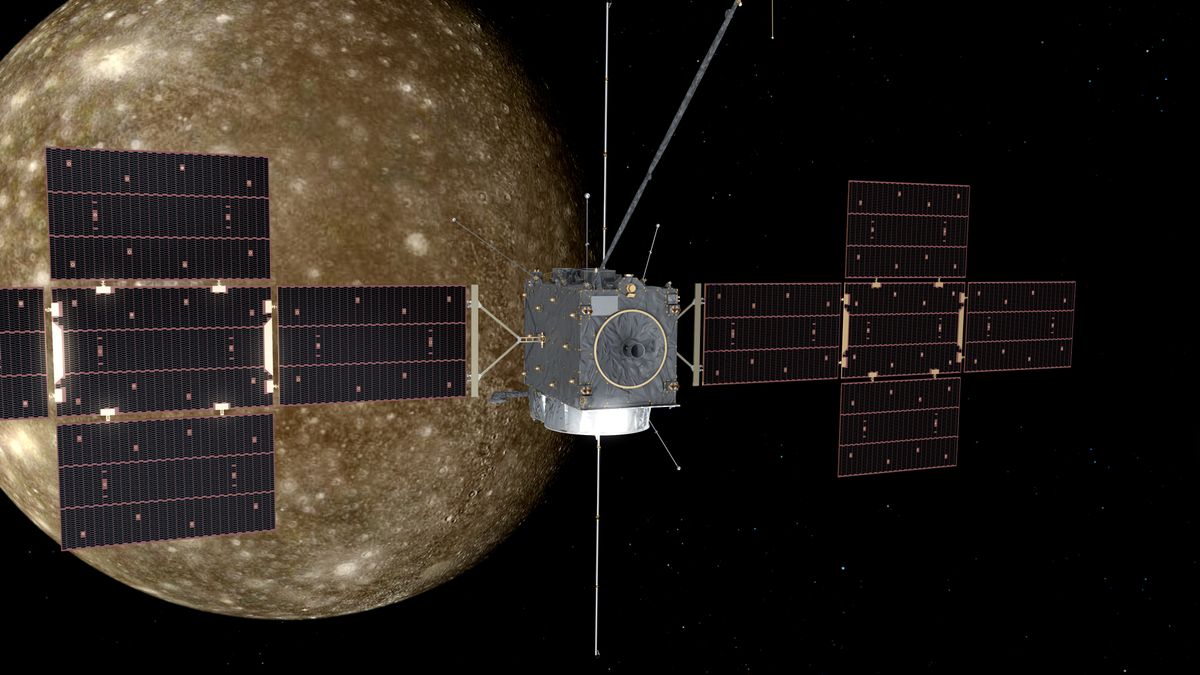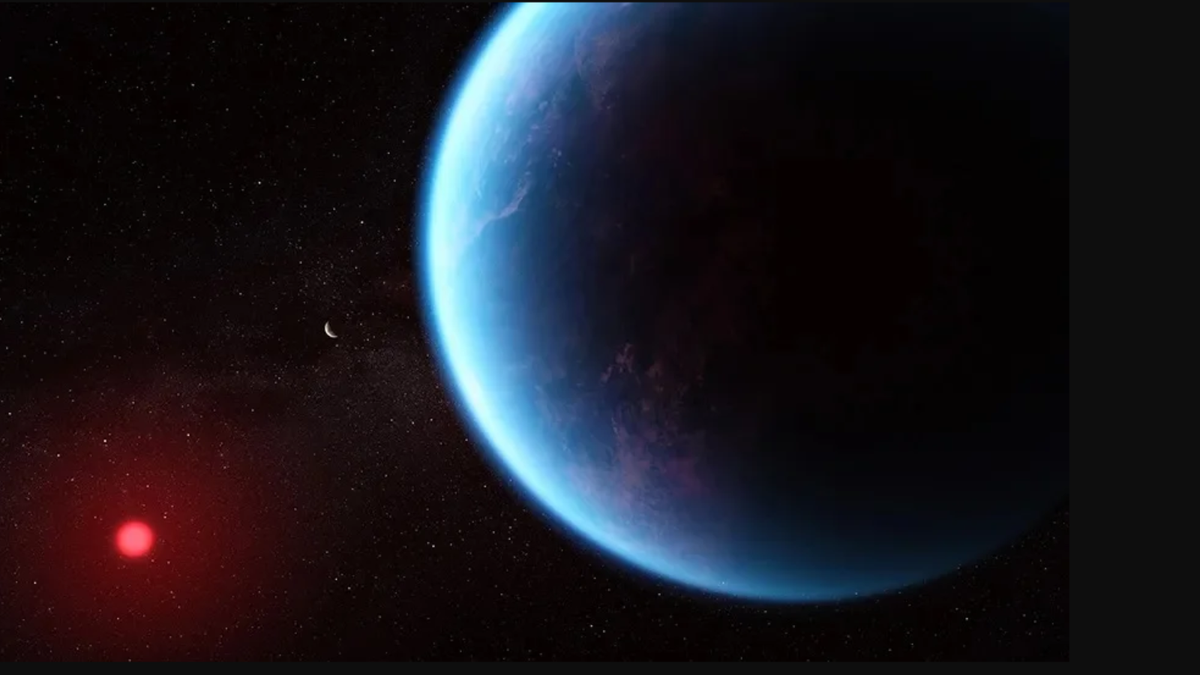Discovering the Origin of Intermediate-Mass Black Holes
Recent research has unveiled an intriguing connection between dense star clusters known as “globular clusters” and the formation of intermediate-mass black holes. These elusive cosmic entities, having a mass between 100 and 10,000 suns, occupy a unique niche between stellar-mass and supermassive black holes. While astronomers have grappled with the challenge of locating these intermediate-mass black holes, a breakthrough in 2012 led to the identification of GCIRS 13E, situated 26,000 light-years away in the Milky Way. The mysteries surrounding the birth of these intermediate-mass black holes have captivated the scientific community.
The Birth of Intermediate-Mass Black Holes
Astronomers have long understood the genesis of stellar-mass black holes, which emerge from the catastrophic collapse of massive stars. On the other end of the spectrum, supermassive black holes evolve through successive mergers of larger black holes. However, the creation of a star massive enough to produce an intermediate-mass black hole presents a formidable challenge. Notably, a star with thousands of solar masses should be a rarity, raising questions about how it retains its mass to ultimately give rise to an intermediate-mass black hole.
Simulating Star Clusters
To investigate this cosmic conundrum, a team of researchers conducted a pioneering simulation of massive star clusters on a star-by-star basis. This innovative approach shed light on the role of dense molecular clouds in the birth of globular clusters, facilitating the creation of stars with sufficient mass to collapse and spawn intermediate-mass black holes. The simulations provided crucial insights into the mechanisms behind the formation of these enigmatic cosmic entities.
With the successful simulation of globular clusters, the team demonstrated the plausibility of stars with masses equivalent to 1,000 suns giving rise to intermediate-mass black holes. By capturing the intricate dynamics of star formation within these clusters, the researchers uncovered a compelling link between the mass ratio of the black hole and its host globular cluster, aligning with observational data.
Future Prospects in Galactic Exploration
Looking ahead, the research team aims to expand their simulations to encompass entire galaxies, offering a deeper understanding of the cosmic processes at play. While the computational challenges of modeling Milky Way-sized galaxies remain daunting, the possibility of simulating smaller galaxies such as dwarf galaxies offers a tantalizing avenue for further exploration. Additionally, the investigation of early universe star clusters represents a promising frontier in unraveling the mysteries of intermediate-mass black hole formation.
In a groundbreaking study published in the journal Science, the team’s findings underscore the intricate interplay between star clusters and the birth of intermediate-mass black holes, marking a significant advancement in our quest to comprehend the enigmatic forces shaping the cosmos.
Image/Photo credit: source url





